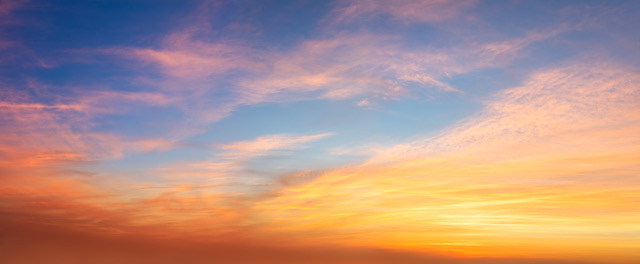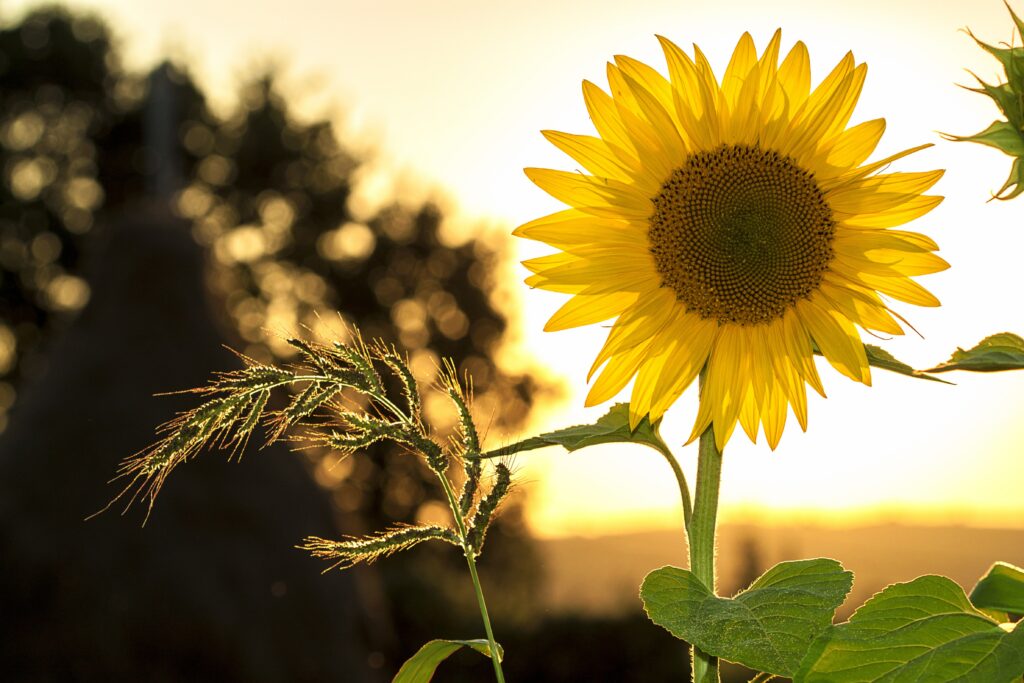Funeral resources & articles
Resource article categories:

How to arrange a green burial in Atlanta, GA for $1,895
Funeral Planning, Home Funeral Care, Natural or Green Burial


Resource article categories:

Funeral Planning, Home Funeral Care, Natural or Green Burial

